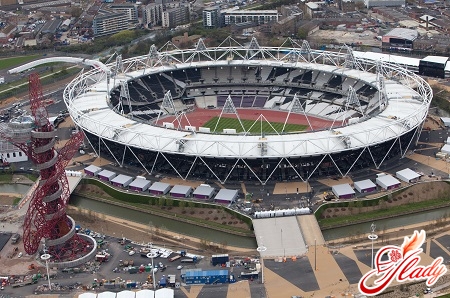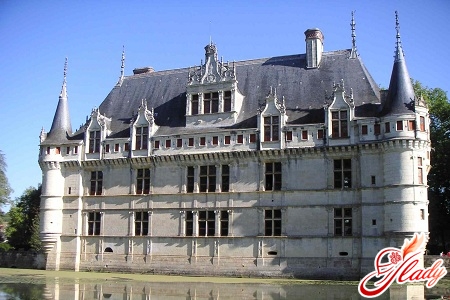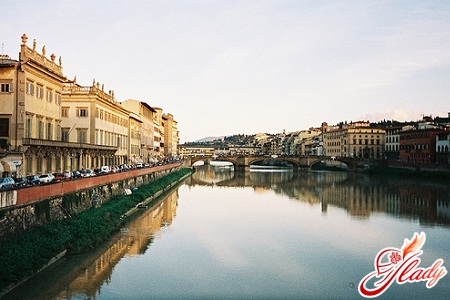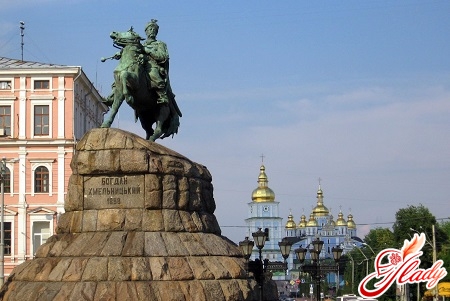
Kiev is one of the oldest cities in the world. The sights of Kiev are known far beyond the borders of Ukraine. The data obtained by archaeologists during the excavations testify that the city was founded in the fifth century, when the formation of the Slavic peoples was just beginning. Several centuries passed, and Kiev turned into a commercial, cultural, political center of Ancient Rus, a large and powerful state of Europe. Kiev played a decisive role in the development and development of the spiritual and political life of most of the peoples of Europe, primarily the peoples of Russia, Ukraine and Belarus. Kiev has a rich, diverse culture and ancient history, therefore, despite the destruction in times of wars and revolutions, the city has many unique, unique sights. These are churches and temples, museums, monuments.
Kiev-Pechersk Lavra
All guests of Kiev and pilgrims are eager to visitthe holy place is the Kiev-Pechersk Lavra. This is a unique monastic complex, entered by UNESCO in the list of monuments of world significance and heritage. During the existence of the complex on its territory visited almost 45 million pilgrims and tourists who came here from all over the world. The complex consists of two main parts: overground, where there are religious buildings, and underground (cave) part. 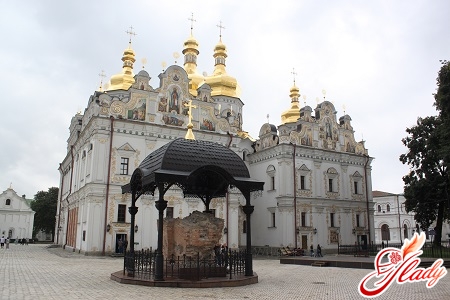
Sophia Cathedral
The pearl of architecture is the St. Sophia Cathedral. There is no exact data on who and when the construction began: Vladimir Krasnoe Solnyshko in 1017 or his son Yaroslav the Wise in 1037. But historians claim that the St. Sophia Cathedral is older than the Kiev-Pechora Lavra. The wooden church, which was built earlier in this place, was built in 952, was burned in 1017 with the attack on the Poles of Kiev. Almost a thousand years is the Sophia Cathedral. During this time he suffered the invasion of Khan Batu, wars, fires, devastation, a division between Greek Catholic and Orthodox believers. Relatively "quiet" life of the cathedral was only in the XX century, when it was assigned the status of the museum-reserve. It is noteworthy that the St. Sophia Cathedral is the first temple that in the history of Ukraine was inscribed on the UNESCO World Heritage List. Tourists, visiting the cathedral, should pay attention to fragments of ancient masonry, and inside the temple itself - to the model of the pristine Sophia XI century. Both are strikingly different from today. During the years of Soviet power, despite frequent harassment, the temple has always worked according to its usual purpose: sermons were read, rituals were performed. On the territory of the cathedral were buried the grand dukes of Kiev: Vladimir Monomakh (the tomb is not preserved) and Yaroslav the Wise.
- Church of St. Nicholas
Among the many churches of Kiev stands a churchSt. Nicholas. Its peculiarity is that this is the only church in Europe, located on a small embankment in the water area of the river. It connects to the shore with a small bridge. This monument - the shrine of all Christians, because it was in this place in the X century began the baptism of Russia. The official beginning of the history of the Russian Church is 968. 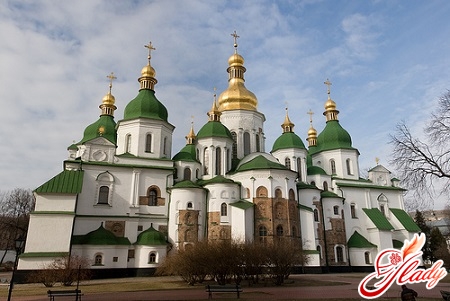
Monuments of Kiev
Kiev is a city of monuments, it's simply impossible to view everything. The most famous of them are monuments to Bogdan Khmelnitsky and Prince Vladimir.
- Monument to Bogdan Khmelnitsky
This monument is on the most important and oldestthe area of Kiev - Sofia. The great hetman became famous for his exploits in the struggle against the Poles and Turks. The author of the project is Mikhail Mikeshin, a famous Russian sculptor. Funds for the statue were collected on a charitable subscription. However, the finances were not enough, so the monument itself was cast, but the pedestal was built in a few years. All these years the sculpture was in one of the private courtyards of Kiev.
- Monument to Prince Vladimir
A monument was erected in 1853. on the steep bank of the Dnieper, where the great Vladimir Svyatoslavovich was the beginning of the Orthodox baptism of Kievan Rus. The pedestal resembles a chapel in its form. At the top of the pedestal is the prince. In one hand he squeezes the cross, in the other he holds the cap of the monarch. The monument is well preserved. During the Soviet era, he was "freed" from religious symbols, but recently the monument was returned to its original appearance. One of the features of the monument is that it does not illuminate at night. But the cross itself, compressed by the hand of St. Vladimir, is made of fluorescent material, so it is clearly visible. Many believe that this eerie sight.





